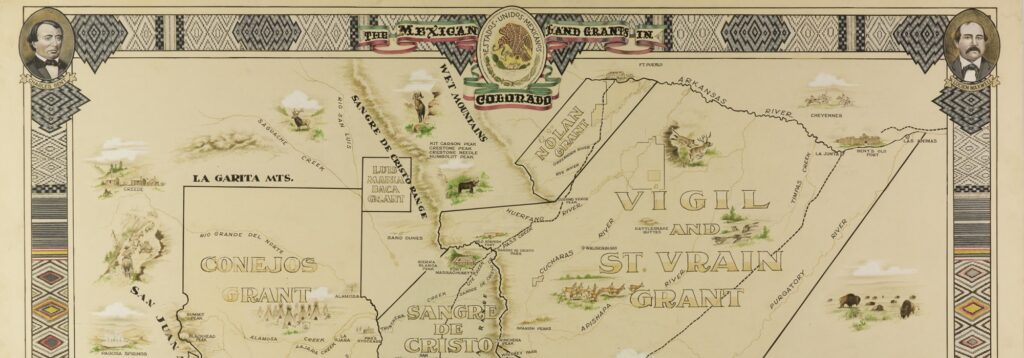It was early morning, the end of the Jewish Fall holy days when suddenly air raid sirens began blaring, warning of a rocket attack. But besides rockets, hundreds of Hamas-trained soldiers, many in Israeli military dress, were also striking, launching a multi-pronged assault from air, land and sea on the Jewish state. Their mission, said to be in the planning for up to two years, was simple; kill Jews, men, women and children. Anyone else would be collateral damage.
The Hamas strike targeted homes, people on the streets and a crowd of hundreds who had gathered for a holiday-ending music festival. Israeli news reports say that at least 260 concertgoers were killed, many others wounded, some taken as hostage, including Americans. The sudden and violent assault—22 sites near the Gaza border were targeted—was the worst attack on Jews since the Holocaust.
How could an attack of such ferocity and craven barbarity take place in a country whose intelligence agency is said to be nearly unrivaled? Of course, the same question can also be asked of U.S. intelligence as well as friendly sources in countries bordering Israel. The question may well become the subject of military theses for years.
The sudden eruption of violence, now approaching the two-week mark, has made the region the focus of the world. With more than a thousand now dead—on both sides—the focus has become laser sharp and, at the same time, puzzling.
Professor Ahmed Abdrabou, University of Denver Professor of International Relations with a special emphasis on the Middle East and East Asia, said it appears that any intelligence portending an attack may have been “neglected or underestimated.” I was shocked,” said Abdrabou. “It was an atrocity.”
In one video, Hamas soldiers are seen firing into a car stopped at a checkpoint killing its passengers. Pictures from other attacks show mutilated bodies, beheadings and even infants burned beyond recognition.
The Hamas strike has elicited some of the most bellicose words from Israeli leaders in years. “Every Hamas member is marked for death,” said Israel Prime Minister Bibi Netanyahu. “It (Israel’s response) will be lengthy. It will be powerful. And it will be forever,” said Israel Defense Minister Ilhan Omar.
But Hamas own charter, written years before, has the same intentions for the state of Israel. Its charter explicitly calls for “the complete destruction of Israel,” and a “holy war to achieve its objective.”Hamas has governed Gaza since 2007. Israeli airstrikes have already landed heavily in Gaza, a 26-mile strip of land—the length of a marathon race—where two million Palestinians reside. The bombing and rocket attacks have taken a toll on its residents and left hospitals, already running short on room and medicine, in dire straits.
Now, Israel has told Palestinians—an estimated 1.1 million and half the total population of Gaza—to leave and go to the southern part of Gaza, an area 13 miles away. They have been given 24 hours. Leaflets instructing Palestinians to abandon their homes or suffer the consequences of what is believed to be an all-out bombing by the Israeli air force have been dropped. “Get out of Gaza City…for your own safety and the safety of your families,” they read. Late Sunday evening, Egypt opened its border crossing to Palestinians leaving Gaza.
Critics of the Israeli plan calling for Palestinians to leave their homes—an “evacuation” is the official term—believe that once they leave, they may never be allowed to return. Some, including pro-Palestinian members of Congress, have referred to the Gaza exodus as “ethnic cleansing.”
“It’s a humanitarian catastrophe and human rights violation,” said Metropolitan State University-Denver’s Alex Boodrookas, of the ordered uprooting. The lives of more than two million Palestinians, already impacted by Israel’s cutting off of food, water, electricity and medicine, Boodrookas said, are beyond bleak. “A peaceful solution has never looked farther away than today.”
Tension, while historically high, has never reached this level. Almost immediately following the Hamas attack, Netanyahu declared Israel is at war. The call-up of more than 350,000 reservists leaves little doubt that his words are unequivocal.
Meanwhile, President Biden has tried to maintain a balancing act with his words. In a joint statement from The White House, issued 24 hours after the Hamas strike, Biden, along with leaders from France, Germany, Italy and the United Kingdom, pledged “our steadfast and united support to the State of Israel, and our unequivocal condemnation of Hamas and its appalling acts of terrorism.”
The President later issued a statement that included sympathy for the Palestinians now leaving their homes as Israel prepares its next action against Hamas. “We must not lose sight of the fact that the overwhelming majority of Palestinians had nothing to do with Hamas’s appalling attacks, and are suffering as a result of them,” he said on Sunday morning.
Conflict between Israel and Hamas may escalate to never before seen levels. But it may not be a simple two-sided battle. The world will be watching to see if Israel’s neighbors, especially Iran, a country thought complicit in the October 7th attack, join in. The U.S. has already deployed two aircraft carriers to the region where, for now, they will remain on high alert.
The exodus—already highly criticized internationally—has already begun. The exodus is just one more indignity experienced by the Palestinians. Each day, some 80,000 Palestinians cross checkpoints to enter Israel for work, schooling or conduct business. They must deal with lengthy checkpoints often lasting hours or even days. Young children must also negotiate checkpoints to attend school. Even ambulances carrying seriously ill patients must deal with checkpoint delays.
Israeli Prime Minister Benjamin Netanyahu and a leading opposition figure on Wednesday created a war-time Cabinet overseeing the fight to avenge a stunning weekend attack by Hamas militants. In the sealed-off Gaza Strip ruled by Hamas, Palestinian suffering mounted as Israeli bombardment demolished neighborhoods and the only power plant ran out of fuel.
The new Cabinet establishes a degree of unity after years of bitterly divisive politics, and as the Israeli military appears increasingly likely to launch a ground offensive into Gaza. The war has already claimed at least 2,300 lives on both sides.
Editor’s Note: Because of press run obligations and the everchanging situation on the ground in Israel, some of the information contained in this story may be dated.





















